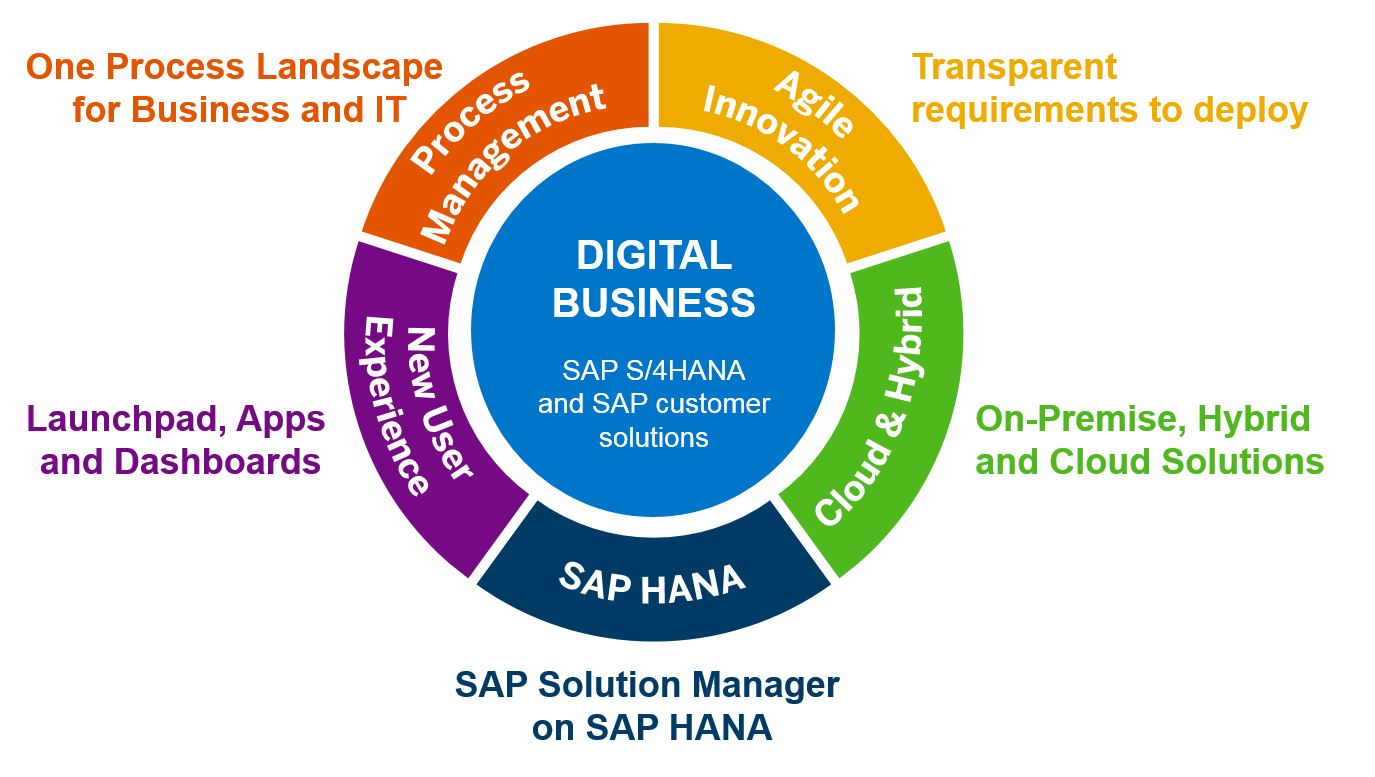7 Things to Look for When Choosing a Cloud-Based Web Application Firewall

Security experts know that Web Application Firewalls are the key to protecting data and web applications.
WAF can filter malicious traffic that enables damaging DDoS attacks or can download malware that steals or encrypts corporate data.
Nowadays, organizations have multiple WAF vendors to choose from, all of them providing seemingly similar services. How do you select the best fit to secure your company?
Guarding the App Against Various Threats and Flaws
Most WAF solutions focus on protecting the network from problems that are depicted in OWASP Top 10. Other concerns that should be taken into consideration are zero-day attacks.
While a resource such as OWASP describes and ranks the latest app-specific issues that companies should be aware of, it doesn’t cover all the threats that might put organizations at risk.
OWASP should be the starting point followed by protecting the company against zero-day threats. They refer to new ways in which malicious actors use code to threaten the company and exploit flaws in the system.
To ensure that their security is up-to-date, top WAF solutions nowadays are backed up by Security Operations Centers.
SOC is a team of cybersecurity professionals. They guard organizations by monitoring the activity, analyzing the data they gather with automated tools, and determining whether the assets are at risk from critical cyber threats.
Vendors that rely on SOC keep the tool updated. They do so by continual and automated management. The result is comprehensive and thorough protection that can discover critical issues as they appear within the system.
Deploying to Different Infrastructures With Ease
Businesses have varied needs because they have different infrastructures and manpower that are tasked with the management of the security of their application.
Depending on their resources and unique networks and systems, businesses have different demands for the WAF tool.
They might have an IT team and require the WAF as additional help. Others might seek a vendor that can take care of security — they use it as a service.
What’s more, IT teams might need a cloud-based web application firewall or to find a vendor that specializes in the security of physical infrastructures.
The best security companies have the possibility of altering between physical and virtual. This benefits an organization that decides to shift to cloud computing and wants to do so without disrupting the workflow or security.
Precise Mitigation of Threats
What WAF essentially does is analyze, monitor, and filter HTTP traffic to determine whether it’s malicious and should be blocked.
If it determines that the code that is attempting to get through isn’t safe for the application and might result in issues such as unauthorized access to the network, it stops it.
Imprecise WAF can block even the traffic that’s not malicious.
Therefore, when searching for a vendor, it’s important to choose the one that has a good track record when it comes to separating false positives from real threats.
Accurate detection of potential threats with almost zero false positives is a necessity because it:
- Removes the frustration from user experience of the application
- Ensures that real threats are going to be mitigated and not discarded as false positives
- Blocks damaging traffic in time (before it turns into an incident)
- Allows legitimate traffic to pass through the app
Adding a Regular Firewall
Regardless of its features, WAF isn’t a replacement for a traditional firewall. Although these tools seemingly have similar capabilities, most companies rely on both when protecting the most valuable assets.
That is to say, when looking for the best WAF for your organization, keep in mind that, like any other company, you need more tools that can aid you in discovering and mitigating threats.
Layered security is your best bet to avoid unexpected vulnerabilities from being exploited within the network.
Accessible Analytics For Teams
Companies that have IT teams benefit from reports that are easy to understand.
For example, Imperva’s WAF analytics are generated automatically. Potential vulnerabilities are ranked from the low-level ones to the most severe and critical issues that might escalate into incidents.
Such a clear separation of risks that’s easy to read at a glance, aids teams in reacting promptly to the most damaging risks for the company.
Quick thinking and using the right tool to mitigate threats that might lead to data breaches are integral. The longer security waits, the longer the system is exposed to threats and the more time hackers have to gather and alter data within the network.
Observing Threats and Vulnerabilities Within Context
WAF analyzes the possible effects of the malicious third-party code on the application by considering the context of the unique infrastructure and assets that could be exploited within the system.
Even though companies that use similar systems will have overlapping vulnerabilities, a high-risk threat for one company might not translate to severe risk for another.
Using a tool that can be calibrated to filter the traffic and malicious code by considering the context is essential.
Easy to Implement Automation
For specific policies based on which a business application should work, it’s integral that WAF has the power to automate them.
Most WAF tools nowadays use automation that is powered by artificial intelligence and machine learning.
Seek out WAF tools that allow your teams to implement automation with ease to accommodate the needs of your growing business.




